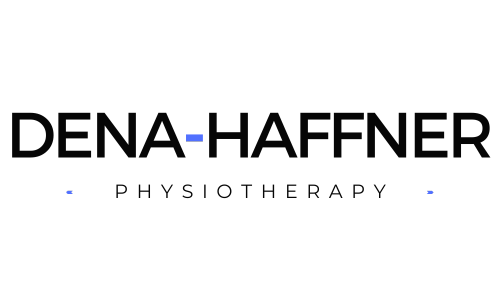Understanding Lower Back Pain and How Physical Therapy Can Help
Lower back pain is a common ailment affecting millions of people worldwide. Whether it’s a
dull ache or a sharp, debilitating pain, lower back discomfort can significantly impact daily
life. Understanding the causes and exploring effective treatment options, such as physical
therapy, can provide relief and improve quality of life.
What Causes Lower Back Pain?
Lower back pain can stem from various sources, including:
- Muscle Strain: Overuse, heavy lifting, or sudden movements can strain muscles and
ligaments in the lower back. - Herniated Discs: Discs that act as cushions between the vertebrae can herniate or bulge,
pressing on nearby nerves. - Degenerative Disc Disease: With age, discs lose hydration and elasticity, leading to pain
and discomfort. - Sciatica: Compression of the sciatic nerve can cause sharp pain radiating from the lower
back down to the legs. - Spinal Stenosis: Narrowing of the spinal canal can put pressure on the spinal cord and
nerves. - Poor Posture: Prolonged sitting or standing with poor posture can contribute to lower back
pain.
How Can Physical Therapy Help?
Physical therapy offers a holistic approach to managing and alleviating lower back pain.
Here’s how:
- Comprehensive Evaluation: Physical therapists conduct thorough assessments to
determine the underlying cause of pain. This involves evaluating posture, range of motion,
muscle strength, and functional movement patterns. - Personalized Treatment Plans: Based on the evaluation, therapists design individualized
treatment plans tailored to each patient’s specific needs and goals. - Pain Relief Techniques: Various techniques are employed to relieve pain, including:
Joint mobilizations, acupuncture, massage and dry needling to alleviate pain and improve
function. - Exercise Prescription: Therapeutic exercises are a cornerstone of physical therapy. These
exercises aim to:
- Strengthen Core Muscles: Building strength in the core muscles supports the lower back
and reduces strain. - Improve Flexibility: Stretching exercises enhance flexibility and reduce tension in the
muscles. - Enhance Stability: Balance and stability exercises help prevent falls and injuries.
- Education and Ergonomics: Physical therapists educate patients on proper body
mechanics and ergonomics to prevent further injury. This includes advice on lifting
techniques, workstation setup, and posture correction. - Functional Training: Therapy includes functional training to help patients return to their
daily activities and work without pain. This may involve simulating real-life tasks to improve
strength and endurance. - Long-Term Management: Physical therapists provide guidance on maintaining back health
long-term, including home exercise programs and lifestyle modifications.
Benefits of Physical Therapy for Lower Back Pain
Physical therapy offers a non-surgical approach to managing lower back pain. Treatment is
customized to meet individual needs, ensuring the most effective outcomes. Patients learn
techniques and exercises they can do to independently to manage and prevent pain. This
gives you autonomy and means you don’t need to rely on your physical therapist forever.
Physical therapy also addresses the root cause of pain rather than just the symptoms,
promoting overall well-being and preventing the issue from returning or worsening.
Conclusion
Lower back pain can be a challenging condition, but with the right approach, it is
manageable. Physical therapy provides a comprehensive, individualized treatment strategy
that not only alleviates pain but also empowers patients to take control of their health. If
you’re struggling with lower back pain, consider consulting a physical therapist to develop a
plan tailored to your needs. With professional guidance and a commitment to prescribed
exercises and techniques, you can find relief and regain your quality of life.
